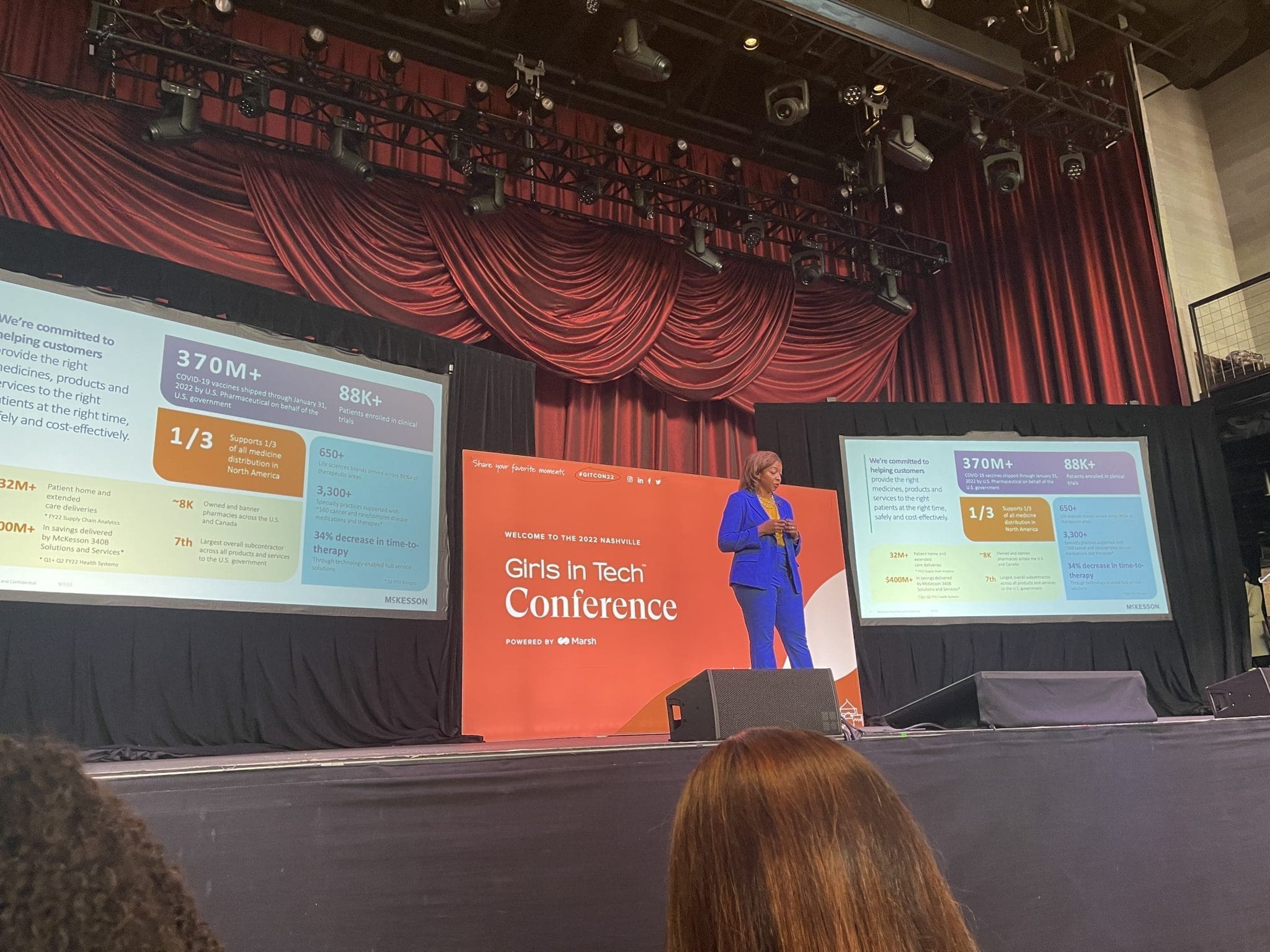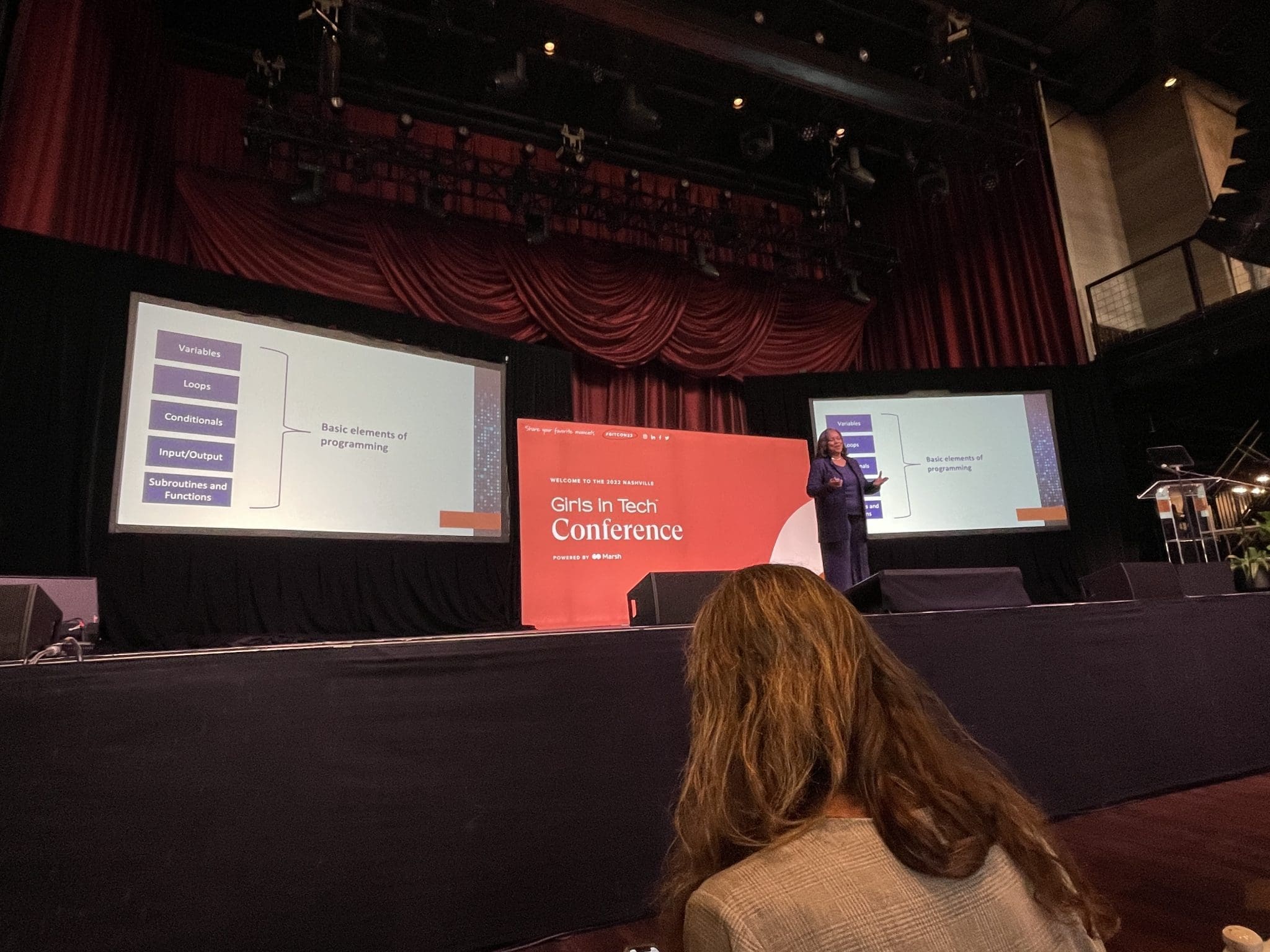Hey y’all!
If you’ve read a Slingshot blog before, then you’ve read my writing, but maybe don’t know who I am. Hi! My name’s Savannah, and I’m the Director of Marketing and New Business here at Slingshot. I write and create all things Slingshot: blogs, posts, videos, and everything in between.
If you couldn’t already tell, this blog is going to be a little different than normal. I wanted to let you in on a great opportunity I had last week, and thought it’d be best if I shared it with you my way: 1st person!
Hey y’all!
If you’ve read a Slingshot blog before, then you’ve read my writing, but maybe don’t know who I am. Hi! My name’s Savannah, and I’m the Director of Marketing and New Business here at Slingshot. I write and create all things Slingshot: blogs, posts, videos, and everything in between.
If you couldn’t already tell, this blog is going to be a little different than normal. I wanted to let you in on a great opportunity I had last week, and thought it’d be best if I shared it with you my way: 1st person!
What is it?
The Girl in Tech Conference was September 7th, and took place at The Brooklyn Bowl in Nashville, Tennessee. The main goal of the event was to bring women together from the tech space to learn, empower, and connect.
It was my first time in this kind of setting, and I came away loaded with both information and inspiration. So I wanted to share a little bit of both.
Nashville is the Place to be as a Women in Tech
The conference opened with a word from Girls in Tech Founder and CEO Adriana Gascoigne. It’s here she announced that Girls in Tech is moving their headquarters from Silicon Valley to Nashville.
I was surprised at first, but after reflecting on it, I think the move makes sense. Adriana talked a lot about how southern hospitality is the empathy the tech industry is missing. And they aren’t the first company to leave California; I feel like I see companies moving East once a week.
Each group has their own reasons for packing up and leaving, but Girls in Tech’s is clear: they want to be a part of a community that elevates women. Nashville seems like the place to be in that regard: SmartAsset has Nashville on their list of Best Cities for Women in Tech. I’m excited to see some new faces out and about on Broadway!
Transformation is Multi-Faceted
Early in the day, I saw a presentation by Rachel Smith: Vice President of Strategic Execution and Transformation at McKesson. She spoke on strategic transformation; not just saying you want to transform because it’s a buzzword, but elevating your company to its next level realistically.

Her first point was that transformation starts with people. When I look at Slingshot, I don’t see a company first: I see each team member as an equal piece that makes up who we are. When looking to innovate, you can’t just say the company’s going to transform, because that’s not accurate. A successful transformation is when there’s a company-wide change in behavior; it has to be personal for each person. If you’re a leader trying to enact change, you need to set the tone; how you act and react (good or bad) will impact the success of this transformation.
Next, Rachel spoke on how to make the transformation feel ‘real.’ She tied it back to making sure everyone is personally invested by having us think: “Ask yourself why this transformation is important to you.” For me, I want Slingshot to continue innovating because it means the team and I get to keep bringing on exciting projects. Rachel also mentioned how you need to tie a clear process to your transformation; by combining objectives with a strategy, transformation will be more likely to stick.
Design Needs Empathy
If you remember back to early 2020 (aka, the ‘before times’), I wrote a blog on what it means to be an Empathy Architect with the help of our Lead UX/UI Designer Rachel Foster. I thought back to that article a lot in the mid-day presentation by KERTIS. Their Director of Strategy Andrew Tucker spoke on how Empathy and Curiosity are linked.
As someone who works for a company who has Ingenuity as a core value, my ears perked up a bit. Of course I saw myself and Slingshot as creative and empathetic, but never thought how the two may be correlated.
The main point of the presentation was how tech is one method of amplifying people’s stories. I see that a lot with the products we’ve built: software is a way to take the problems people are facing, and build something that solves them. All stories have conflict, but great ones have a satisfying conflict-resolution.
But how do you ensure your tech product solves the problem it’s set out to face? Andrew gave several good tips:
- Take the time to understand people and their stories upfront
- Only go where you’re invited; don’t force a story when there isn’t one
- Make sure what you’re building adds value
- Get to the final product as a team, not separate individuals
Andrew ended with an amazing quote from Ellen Parr that I think summarizes his talk well:
“The cure for boredom is curiosity. There is no cure for curiosity.”
Programming is like Life
After a lunch of Nashville hot chicken and sweet tea, I sat back down in the main hall to hear from IBM’s Ruth Davis. She’s their Director of Call for Code. As someone who enjoys idioms and puns, Ruth stating that ‘code is like life’ was right up my alley. Here’s how she compared code elements to life advice:
| Variables | Loops | Conditionals | Input/Output | Subroutines and Functions |
| Whether planned or unexpected, allow yourself to grow from the variables. | Reevaluate your loops as your life grows. You should always have an ‘exit’ to avoid crashes. | Conditionals are decision points; evaluate and execute decisions based on the input. | You only get a good output when you have good input. | Here is where you can innovate. Each time you come back to it, it’ll be easier to use and take less time to ‘debug.’ |

Leadership of Tomorrow
After Ruth, I sat in on a live interview where Ellen Mcgirt, the Senior Editor at Fortune, spoke with Tammy Franklin, the Chief Digital Officer at Marsh. A big focus was placed on what it means to grow into a c-suite position.
Early on in the interview, Tammy shared something that resonated with me: “You’re not leading if no one wants to follow.” Without realizing it, that sentiment is a big part of what a successful leader means to me. A boss is someone who directs and sees only opportunity for them. True leadership comes when the whole team can work together and fight for the achievements of each individual.
With the topic of the interview being leadership, Tammy also gave tips on how to continue to be successful as a leader. She said ‘you have to understand you won’t have all the answers; that’s the reason there’s a team around you to help’. It’s also important to get those people help: when possible, get them support people too. I can’t support Big Kids without some Daredevils to back me up!
Tech’s Impact on Agility and Scale
Towards the end of the day, I heard from Heather Mickman, who is the CIO for Gap. I knew the Gap brands (Old Navy, Gap, and Banana Republic), but didn’t know just how much tech was going on behind the scenes.
Heather started with their technical process: test, automate, produce, and repeat. The example she used was peak season and scalability: you have to account for loads of people shopping on your retail site when Cyber Monday rolls around. By stress-testing the IRL ecosystem overnight, they can find bottlenecks in the final product before users do.
Heather also spoke on how tech is crucial to a business’s future capabilities. Gap’s been around for 53 years: before the internet, before smartphones, and certainly before Web 3.0. Their philosophy of using tech to amplify themselves is allowing them to expand their offering. Did you know Gap has tech-enabled warehouses that 3rd parties can utilize? I didn’t!
Finally, Heather ended with discussing how important she sees the data layer in tech; everything starts there. She compared the data layer to the plumbing in a house. You’re going to be accessing it several times a day to do laundry or get a drink, and you don’t want to configure the pipes each time you need water. Set it up correctly and accurately the first time, so it’s easier to use whenever you need it. Anyone else thirsty like me? ?

Conclusion
So what’s the biggest takeaway? That women should have an equal seat at the table. Of course I know this, and Slingshot knows this, but it’s shocking how many people don’t see the same way.
But this shouldn’t be just for diversity’s sake or to say you’re a good person: it’s because the only way to build tech that resonates with a diverse set of people is to have diverse people build it. It was mentioned over and over: empathy is needed in tech today. While any person can be empathetic, it’s hard to empathize with someone you don’t see at work.
What other conferences do you think I should attend? Will you be at next year’s Girls in Tech conference? I hope to see you there!




